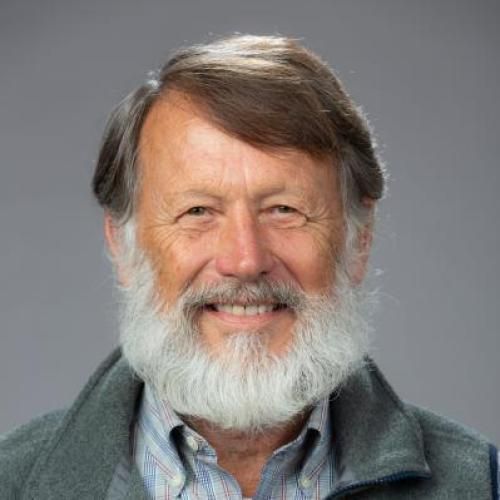
Growth, mortality, and mating group size of an androdioecious barnacle: Implications for the evolution of dwarf males
Androdioecy is a sexual system characterized by the coexistence of hermaphrodites and males. It has evolved several times independently in ancestrally hermaphroditic barnacles. Life history and sex allocation theory suggest that dwarf males can occur in hermaphroditic populations with very small mating groups, low growth rates and high mortality rates. We tested these predictions in the androdioecious barnacle Chelonibia testudinaria (Linnaeus, 1758), an epibiont on loggerhead sea turtles, blue crabs, and horseshoe crabs. The potential number of mates is indeed very small on invertebrate hosts but larger on sea turtles. Growth rates are host-specific but comparable to those of other purely hermaphroditic barnacle species. The maximum age of hermaphrodites was less than three years, which is lower than in most purely hermaphroditic species. Our data suggest that small mating groups on some hosts and high mortality on all hosts contribute to the evolutionary origin and persistence of dwarf males.
Duke Scholars
Published In
DOI
EISSN
ISSN
Publication Date
Volume
Issue
Start / End Page
Related Subject Headings
- Marine Biology & Hydrobiology
- 3109 Zoology
- 3103 Ecology
- 0608 Zoology
- 0603 Evolutionary Biology
- 0602 Ecology
Citation

Published In
DOI
EISSN
ISSN
Publication Date
Volume
Issue
Start / End Page
Related Subject Headings
- Marine Biology & Hydrobiology
- 3109 Zoology
- 3103 Ecology
- 0608 Zoology
- 0603 Evolutionary Biology
- 0602 Ecology

